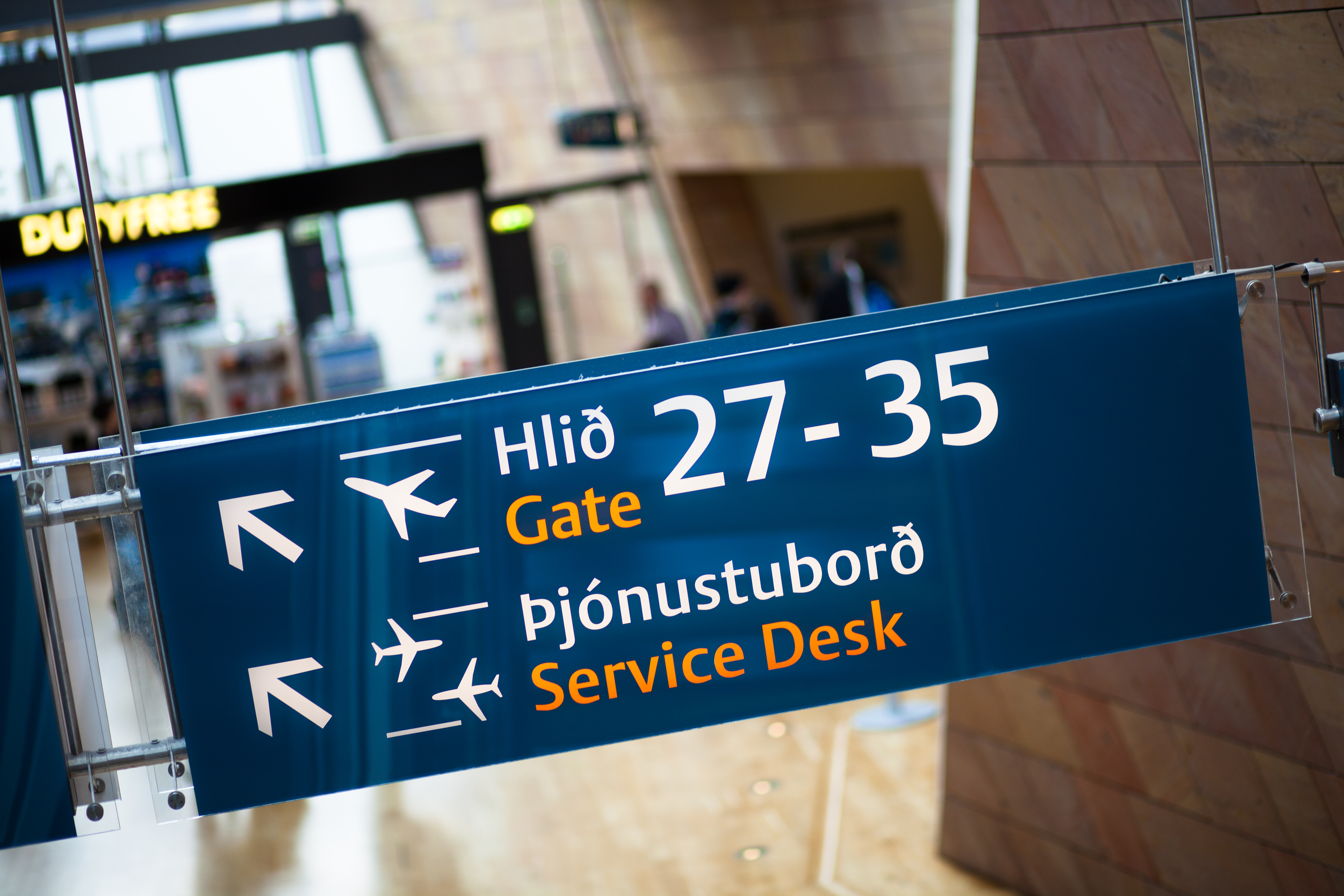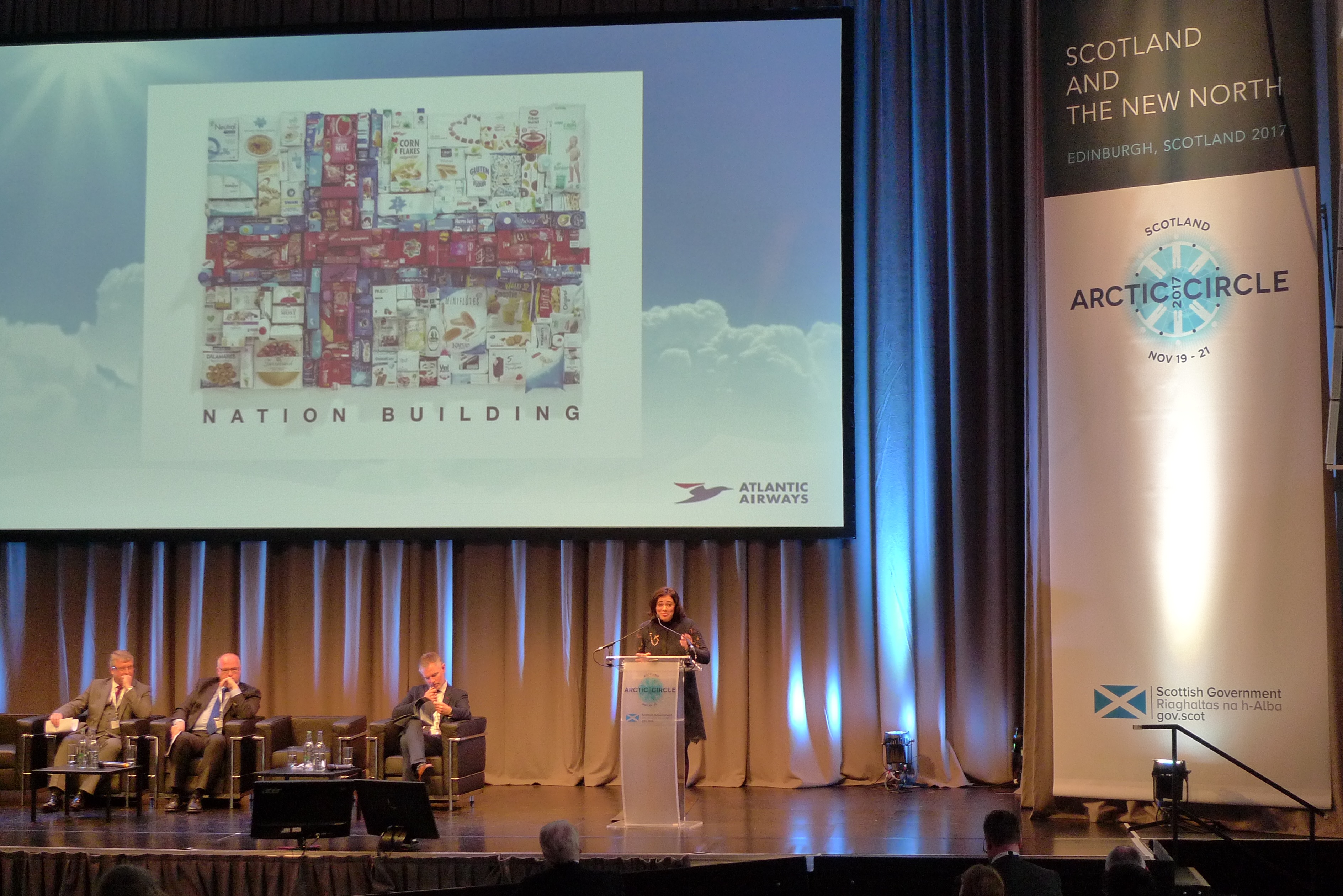For northern travel destinations, location isn’t everything

Countries with designs on repeating Iceland’s success as a trans-Atlantic transit hub should instead prepare for developments in the tourism industry that will see technological disruption and travelers seeking a higher degree of individualism in their travel experience, attendees at the Scotland and the New North forum were told earlier this week.
Iceland’s economy has flourished with the rise of its travel industry, as the country has leveraged its location halfway between Europe and North America to become the sixth-largest trans-Atlantic hub.
Its growth as a hub shows no signs of slowing down: Icelandair, the flag carrier, will add four new destinations in North America in 2018. The new routes will be sustained by increasing volumes of passenger traffic across the Atlantic and, increasingly, to Iceland as a destination in and of itself.
Looking further ahead, Asia may become the next source of passenger growth, authorities with Iceland’s Keflavik Airport suggest.
Such developments could likely sustain the emergence of another mid-Atlantic hub, according to Alastair Muir, the head of one of the UK’s two regional air-traffic-control centers. But with the introduction of pilotless aircraft into general aviation traffic in the coming decade and the return of supersonic trans-Atlantic routes, airport operators should prepare for a future where carriers rely on fewer hub hubs, he suggests.
“The changes we see in the next five years are going to shape airspace management for the next 50 years,” he says. “In the past, we have asked the industry to bend their vehicles to meet the airspace. That is changing, and the airspace now needs to bend to suit the new vehicles that are emerging.”
The first hints of this development were seen with the introduction of the A380, a super-jumbo airliner that can carry more than 850 passengers over huge distances. But due to its size, range and passenger-capacity, it only serves the largest international airports.
Modernizing to be able to take advantage of new travel technology will be one way for airports to attract more traffic. Another will be to focus on developing their location as a destination tourists demand to visit.
“If people aren’t going to buy the tickets, we aren’t going to go there,” says Jean-Pierre Joubert, of MSC Cruises, explaining a principle that applies throughout the travel industry.
Iceland provides one example of the type of destination-development that has helped to sustain the rapid expansion of its tourism industry.
Early on, Icelandair focused on encouraging people to visit the country, primarily by stopping over as they transited between North America and Europe. The efforts have seen the number of visitors more than double since 2010. The figure is projected to rise 30 percent again in 2018, surpassing two million, or seven times more than the number of Icelandic citizens.
The rise has stoked concerns that the country may have trouble remaining an attractive destination, particularly as a new generation of travelers increasingly prioritizes experiences they consider authentic.
To address the concerns, Icelandair now concentrates its promotional efforts on off-season travelers, as well as on investing in development of new offerings for travelers. Both help avoid clustering in Reykjavík and a handful of other heavily visited attractions, while at the same time spreading securing year-round commerce for a greater number of businesses.

Keeping traveller numbers high will ensure that Iceland can continue to use its location as an advantage. For other countries, growth may require taking multiple paths, according to Jóhanna á Bergi, the chief executive of Atlantic Airways, the Faroese flag carrier.
“It is important that each nation look at its possibilities. For us, that is accessibility,” she says. “Accessibility promotes growth in one form or another. For us, it means more people coming to the Faroe Islands, but it recognizes that there are more Faroese people going out in the world.”
Atlantic Airways’ primary route continues to be between the Faroe Islands and Copenhagen, a reflection of the country’s historic ties with Denmark. But the airline also flies to cities where there are large number of Faroese foreign workers. In the winter, it also flies to southern Europe, providing relief for sun-starved Faroese Islanders.
Other legs of the company’s business include charter services and domestic services like search and rescue and airlift for sick residents. According to á Bergi, this underscores Atlantic Airways’ dual role of providing an essential service to the Faroe Islands while also working to develop it as a destination.
Being successful at the latter task may come at a cost: In 2016, attracted by the Faroe Islands’ increasing popularity among tourists, SAS, a Scandinavian carrier, began seasonal service, making it the only other airline to offer scheduled flights to the country.